The Islands of Tahiti, located in the Pacific Ocean, are an idyllic island paradise. Aside from the main island of Tahiti, there are numerous groups of archipelagoes making up this lush, tropical country. Why not consider taking a trip to this paradise unlike any other for your next holiday?
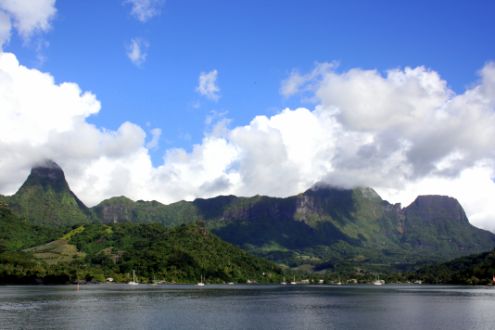
Image Credit: Craig Hatfield
Society Islands
The country’s main island of Tahiti and sister island Moorea can be found in this cluster, along with the famous Bora Bora island, and Tetiaroa, where Marlon Bando filmed “Mutiny on the Bounty” in 1960. Take part in some of the many water-based activities on offer, explore the green landscapes, or just relax by the clear waters.
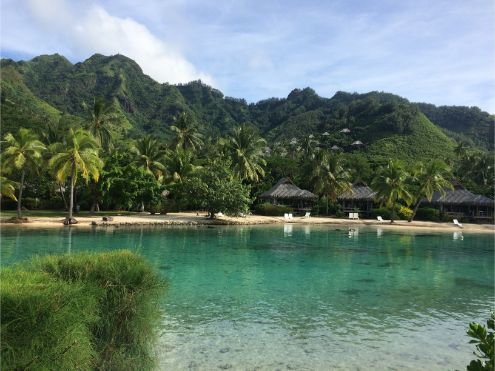
Image Credit: Christine Rondeau
Tahiti is the largest island in French Polynesia, where its mountains are home to valleys, streams and waterfalls, and its people are welcoming and hospitable. The island offers beaches of both black and white sands, fantastic surf spots, and plenty of resorts, luxury spas, fine dining options, colourful markets and museums in the capital of Papeete.
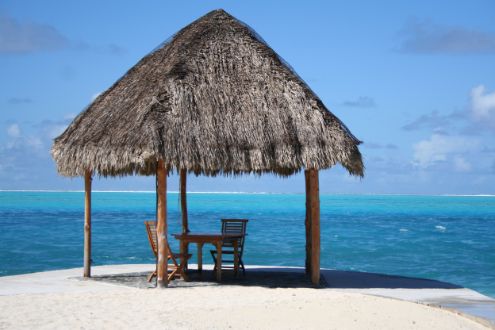
Image Credit: veroyama
Bora Bora is attractive to the romantics, with its beautiful white sands, coral gardens filled with tropical fish, and a bright blue-green lagoon to explore. There are many high-end resorts on this island with famous overwater bungalows and thatched-roof villas.
Tuamotu Islands
These consist of 77 atolls formed by underwater volcanoes, spread over 930 miles. There are lots of coconut plantations and the lagoons offer pristine beauty and an idyllic spot to escape from it all.
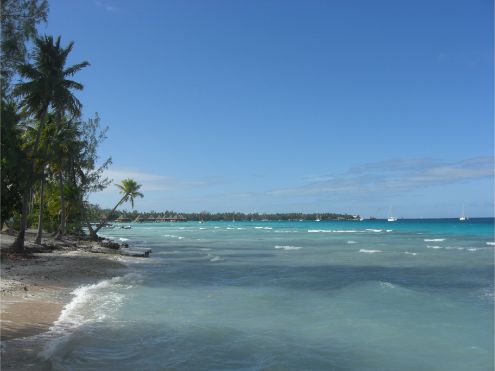
Image Credit: Olivier Bruchez
Rangiroa offers one of the world’s best destinations for scuba diving, with multicoloured fish, turtles, dolphins and sharks just below the surface. Escape to a deserted island for a picnic, visit wild birds on untouched islets, and enjoy the pink sand beach formed from naturally crushed seashells. Most local islanders live on Tiputa and Avatoru, where visitors can enjoy local restaurants, some small shops and, within a coconut grove, the Dominique Auroy wine estate which offers tastings.
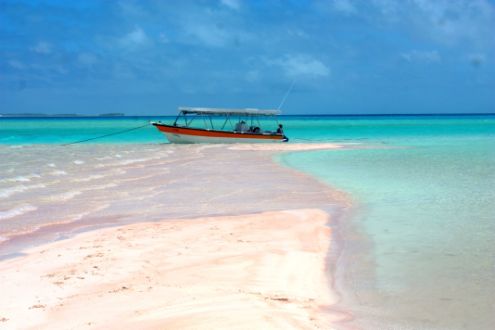
Image Credit: dany13
In the crystal-clear lagoon of Manihi can be found Tahiti’s first black pearl farm. At the farms, visitors can understand what goes into sourcing the precious gems. Most of those living in the Turipaoa village focus their work around pearl farming and basket-weaving.
Gambier Islands
With only 1000 inhabitants, this archipelago is nearly 1000km from Tahiti. Mythology tells of these islands being lifted from the ocean floor by the demi-god Maui. Many pearl farms can be found here, but travellers to Mangareva can also discover surviving Catholic churches, watchtowers and schools from the 19th century. The lagoon is one of the most beautiful among the Tahitian islands, with clear waters, white sands and colourful coral heads contrasting nicely against the green mountains.
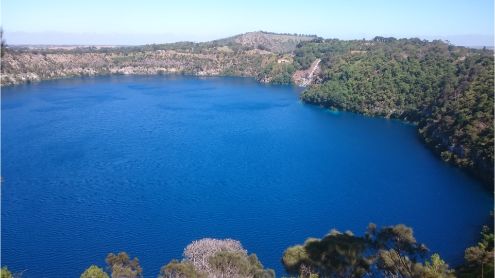
Image Credit: Geoffrey Rhodes
Marquesas Islands
The lush rainforests on these islands, only six of which are inhabited, are full of wild horses, goats, and boars. The natural landscape is quite dramatic, with black sand beaches, tall cliffs, and beautiful bays, as well as the highest waterfall in Tahiti, Vaipo. Again, these islands form an excellent scuba diving location; the isolation of the islands has led to an incredible level of biodiversity. It was the island of Hiva Oa that Paul Gauguin and Jacques Brel visited in the 1900s to create some of their most famous artworks, and Gauguin’s house and museum can be visited to this day. Hiva Oa also contains archeological sites, including the 8-foot ‘takaii’ smiling statue, and numerous lithic and tiki structures set in the untouched nature.

Image Credit: Tom Patterson
Austral Islands
These off-the-beaten-track islands are famous for their farming activities, alongside their naturally breathtaking landscapes. Visit the colourful villages to watch the friendly inhabitants at work; fishermen, farmers, and basket weavers. Coffee, pineapple, wild basil, and lychees grow abundantly on the islands and just offshore, the humpback whales can easily be seen; indeed, they come to Rurutu from August to October each year to give birth.
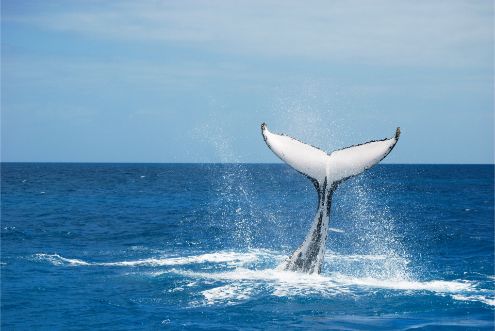
Image Credit: Richard Fisher
Title Image Credit: Mayumi Ishikawa (Image Cropped)